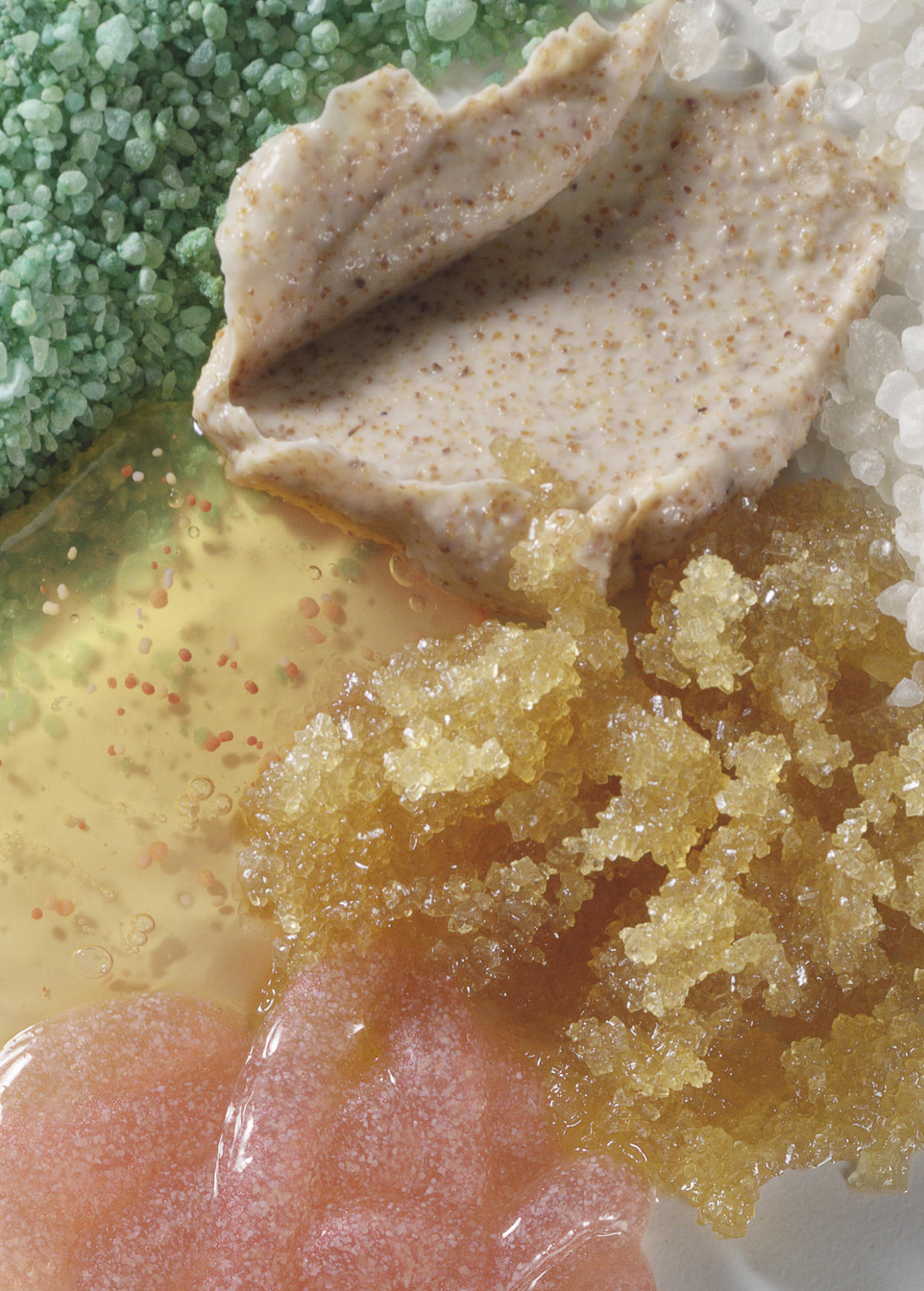Say Goodbye To Your Microbead Exfoliators

Microbeads are known to harm marine ecosystems. Photo: Trunk Archive
This Monday, December, 28, President Barack Obama signed the Microbead Free Waters Act of 2015. The bill requires that all products containing plastic microbeads will begin to be phased out starting July 1, 2017. This decision follows a California measure to ban both plastic and biodegradable microbeads, which some companies are developing as an alternative to environmentally harmful plastic beads. Six other states – Illinois, Maine, New Jersey, Colorado, Indiana, and Maryland respectively – also enacted legislation restricting the use of microbeads, but California’s ban is the only one that hampers the use of biodegradable microbeads as well.
For more than two years, environmentalists have warned that these tiny plastic beads found in exfoliators, scrubs, and toothpastes easily end up in lakes, rivers, and oceans. There, they pick up toxic pollutants and are ingested by fish, which are then ingested by humans. Research conducted by Oregon State University found that eight tons of microbeads a day are emitted into bodies of water in the US and 90% of the planet’s seabirds have pieces of plastic in their guts. Scientists with the National Oceanic and Atmospheric Administration are working to study the impact that microplastics have on wildlife after they are ingested, with initial research showing that these toxins do move up the food chain. With several species of small bottom feeders serving as keystones to the entire ecosystem, losing just one of these species could be catastrophic to larger marine life that humans rely on.
Microbeads are typically under 5mm in diameter, so they easily slip through drains and are unable to be processed by water treatment plants. The Great Pacific Garbage Patch, a debris field located in the North Pacific ocean that is estimated to be around the size of Texas, is made up mostly of small plastic particles. In 2013, researchers discovered a similar debris patch made up for plastics in the South Pacific Ocean. In New York alone, nearly 19 tons of microbeads are washed into wastewater yearly, according to a report from the office of the state’s attorney general, Eric T. Schneiderman. Likewise, the Great Lakes, which contain 20% of the world’s freshwater, are riddled with microbeads. Research from 2013 conducted by the State University of New York found that Lake Ontario contained an estimated 1.1 million plastic particles per square kilometer.
Environmentalists argue that banning just plastic microbeads is not enough, and that even biodegradable ones made from things like oats and walnut shells are potentially equally harmful to marine life. Stiv Wilson, the director of campaigns at nonprofit group The Story of Stuff Project, which has spearheaded the operation against microbeads, argues that biodegradable microbeads are insufficiently tested, and that there is not enough evidence to determine whether the new microbeads dissolve in the natural marine ecosystem. “Everything on earth is biodegradable on a geological time scale,” Wilson told The New York Times. “It’s not biodegradable in a meaningful time frame.” One alternative, polyactic acid, breaks down faster than other plastics, but the degradation process can only occur under extreme heat conditions and other environments unlikely to be found in natural marine ecosystems.
The Microbead Free Waters Act of 2015 that just passed does not limit biodegradable microbeads, but if several more large states ban all types of microbeads like California did, environmental advocates will likely get their way. It is not economically sustainable for companies to produce multiple versions of the same product to coincide with the varying laws across states, which will force them to manufacture the iteration that abides by the strictest state’s regulations. Unilever has removed microbeads from their products as of January 2015, and other major companies like Johnson & Johnson, Proctor & Gamble, and L’Oréal have begun the process of eliminating microbeads from their products and before the law passed, had promised to completely eliminate them by the end of 2017. Still, most companies plan to replace plastic microbeads with biodegradable ones that are still harmful to the environment.
Microbeads cause tiny tears in your skin, particularly thin facial skin, and make it more prone to inflammation and infection, also disrupting its acid mantle, which helps it maintain moisture and protect from pathogens. Instead, we recommend using a natural konjac sponge to gently exfoliate, or invest in a cleansing exfoliator like Clarisonic or Foreo’s LUNA. Whether your favorite brands opt for biodegradable microbeads or not, we recommend avoiding them.
Related:
How Exfoliating Hurts the Environment

